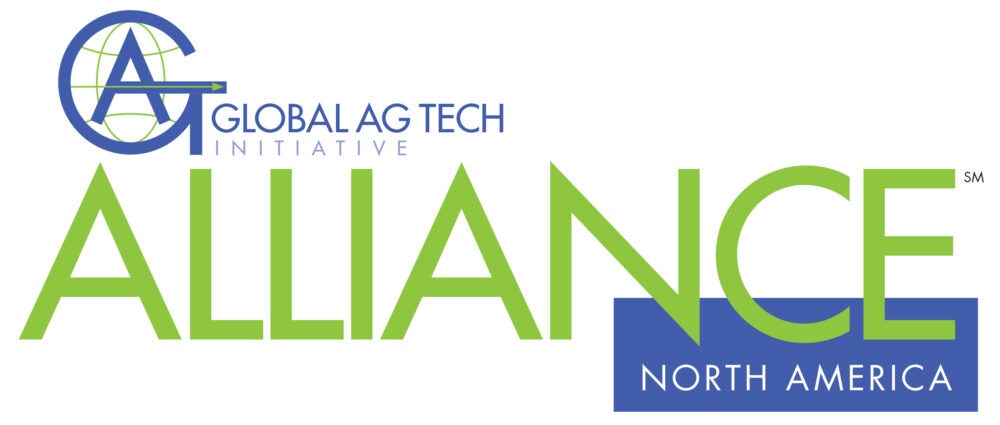The latest generation of digital farming tools provide value, drive revenue, foster connection, and help users maintain their competitive edge.
Over the course of his 20-plus years in the agriculture industry, Ryan Risdal has seen a lot of change. Many of the technological transformations have been for the better. User-friendly tools have eliminated the need for intense, rigorous trainings. Similarly, mass adoption of certain technologies, such as smartphones and tablets, have made it easier for everyone to benefit from them.

“Most times, precision ag today is done automatically and more seamlessly than it used to be,” says Risdal, Vice President, Product and Strategy, Ag Solutions at Proagrica. “It’s amazing to me some of the throughput that we can do today versus what we could do in the past.”
How Retailers Approach Precision Ag
While precision technologies are used across the ag supply chain, each organization has different priorities and needs. Proagrica’s focus on ag retailers has allowed for detailed insights on what these organizations need most from their precision solutions. According to Risdal, there are three primary things retailers consider with respect to ag tech and how they plan to adopt it.
- Collaboration
“The first one concerns a generational shift, as there is still a tremendous amount of Baby Boomers in the in the workforce right now, and most of them are eligible to retire and will do very soon,” he says. “This is a big deal. The knowledge and experience of those individuals is really amazing, and with those relationships on the brink of retirement, retailers need to find solutions that can be maintained and used by the young people who need to absorb the institutional knowledge of the older generation to stay relevant with the customers they serve.”
Collaborative tools increase engagement between businesses and their customers, as well as foster connections with new parties. Both aspects are important for maintaining these relationships. It also helps retailers to be more agile in meeting their customers’ needs.
- Operational Efficiencies
The second concern is with respect to something all ag professionals fight against: time. With today’s ag retailers operating within a hyper-competitive marketplace where margins are tight, Risdal believes that those who can find ways to maximize operational efficiency will come out ahead.
“Given shrinking margins and hyper-competitiveness and team on the brink of retirement, what tools and resources do you use to multiply your current and new staff’s time?” he says. “They’re going to have to do twice the amount of work with the same number of hours in the work week. At Proagrica, we focus on ways to help the retail organization scale up the work done without burning out employees. Time is a precious resource, so if our tools and resources aren’t scaling a person’s ability to do the work, create efficiencies or influence their customers or add value to their customers, then it’s not going to be a fit.”
- Business Visibility
In addition to increasing collaboration and maximizing operational efficiencies, ag retailers also remain focused on leveraging their business visibility. Risdal says the tools and solutions retailers implement must be able to multiply their influence in the marketplace and drive local revenue. He met with a farmer recently who exemplified the need for retailers to understand nuance around how to effectively help their customers further the objectives that are most important to them.
“He told me that he has eight apps on his phone and uses all of them to enter data at the beginning of the season, but at the end of the season, he would only use the finance one because he wants to know how to sell his crop and make money,” Risdal says. “From a true value perspective, the products we deliver have to be seamless and integrated. Otherwise, we are providing something really shiny and exciting when the seeds go in the ground, but that loses relevance and creates more work at harvest. Those are the products that won’t get used.”
Using Data to Provide Value
One of the best ways retailers can provide value to their customers is to pay attention to data stewardship. It begs the question, “Who owns and is accountable for the data users create?” In order for retailers to best assist their customers, those customers need to feel safe sharing their data with outside parties. At Progagrica, the question of ownership and accountability has led to a long history of developing data ethics.
“Data integrity, data standardization, and data quality—all those things are extremely important if you’re going to be an organization that provides value in the industry,” Risdal says. “By connecting multiple platforms and making the experience as seamless as possible and being flexible to meet the customer where they’re at, we can ensure our products are relevant and help our customers meet the complexities and challenges they face every day.”

